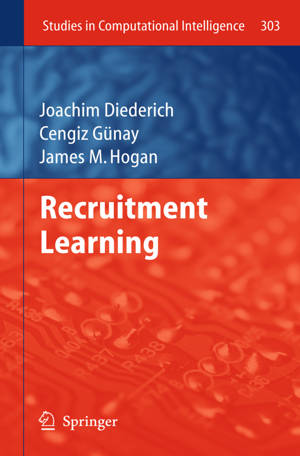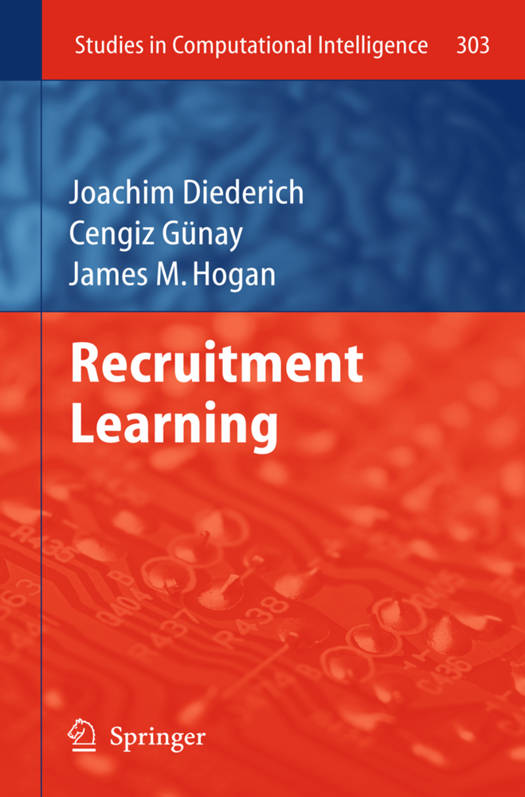
- Afhalen na 1 uur in een winkel met voorraad
- Gratis thuislevering in België vanaf € 30
- Ruim aanbod met 7 miljoen producten
- Afhalen na 1 uur in een winkel met voorraad
- Gratis thuislevering in België vanaf € 30
- Ruim aanbod met 7 miljoen producten
Zoeken
€ 105,45
+ 210 punten
Uitvoering
Omschrijving
This book presents a fascinating and self-contained account of "recruitment learning", a model and theory of fast learning in the neocortex. In contrast to the more common attractor network paradigm for long- and short-term memory, recruitment learning focuses on one-shot learning or "chunking" of arbitrary feature conjunctions that co-occur in single presentations. The book starts with a comprehensive review of the historic background of recruitment learning, putting special emphasis on the ground-breaking work of D.O. Hebb, W.A.Wickelgren, J.A.Feldman, L.G.Valiant, and L. Shastri.Afterwards a thorough mathematical analysis of the model is presented which shows that recruitment is indeed a plausible mechanism of memory formation in the neocortex. A third part extends the main concepts towards state-of-the-art spiking neuron models and dynamic synchronization as a tentative solution of the binding problem. The book further discusses the possible role of adult neurogenesis for recruitment. These recent developments put the theory of recruitment learning at the forefront of research on biologically inspired memory models and make the book an important and timely contribution to the field.
Specificaties
Betrokkenen
- Auteur(s):
- Uitgeverij:
Inhoud
- Aantal bladzijden:
- 314
- Taal:
- Engels
- Reeks:
- Reeksnummer:
- nr. 303
Eigenschappen
- Productcode (EAN):
- 9783642265471
- Verschijningsdatum:
- 1/12/2012
- Uitvoering:
- Paperback
- Formaat:
- Trade paperback (VS)
- Afmetingen:
- 155 mm x 229 mm
- Gewicht:
- 453 g

Alleen bij Standaard Boekhandel
+ 210 punten op je klantenkaart van Standaard Boekhandel
Beoordelingen
We publiceren alleen reviews die voldoen aan de voorwaarden voor reviews. Bekijk onze voorwaarden voor reviews.











